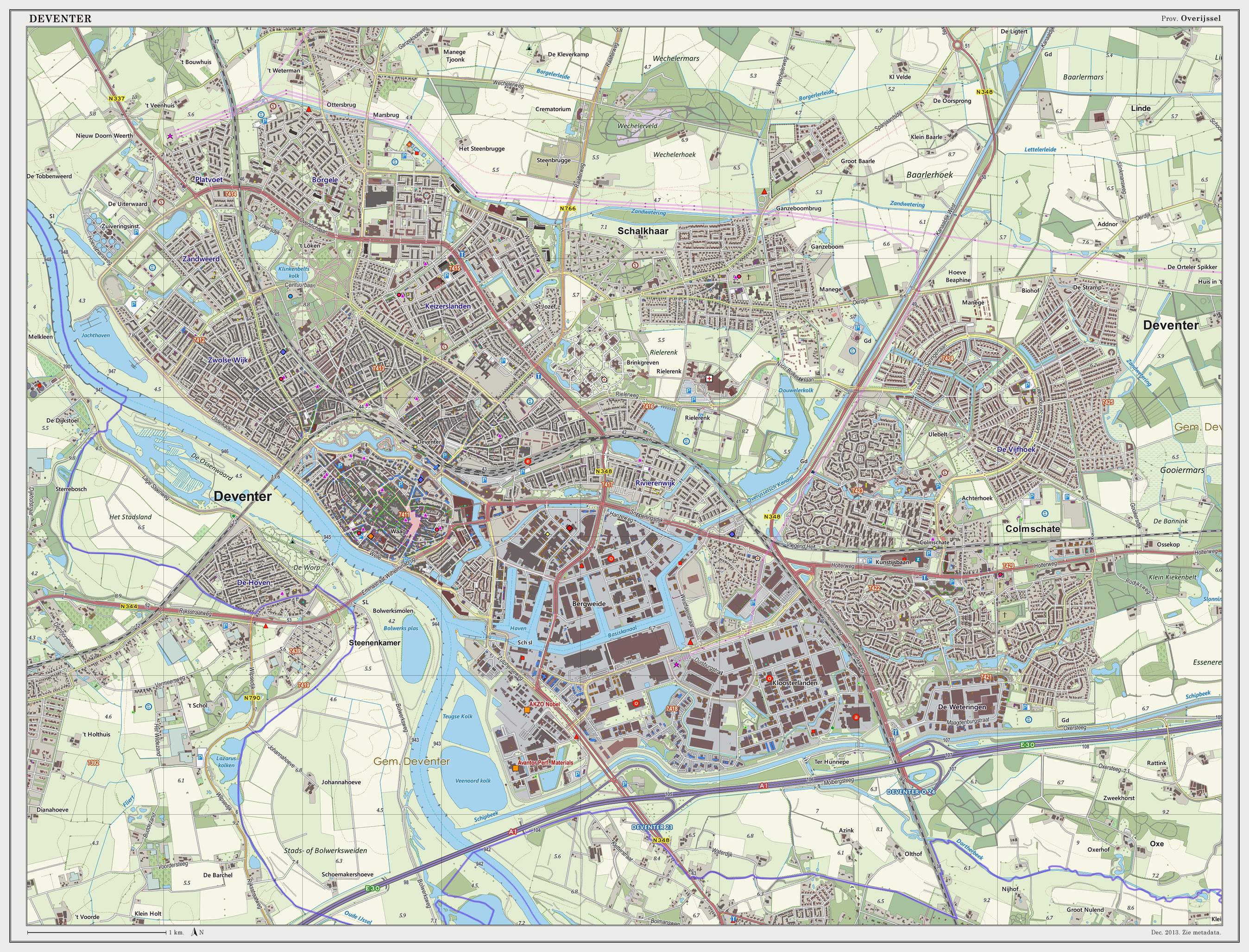Book – Deventer a Story About Project Making
Is architecture real? At times the discussion seems to imply that there is a certain degree of disconnectedness between real live and the abstract concepts architecture is thought of. Does it still have anything to do with real live? The large scale landmark projects of star architects work more for the marketing of location than a real sense of place is often claimed. Glossy magazines and picture books often can’t help to shake off such impressions. But a story can.
The story about architecture comes with a lot of context and discussion worked into the narrative. It creates a sense of the current debate whilst not neglecting the plot, the everyday struggle to achieve a sustainable project especially in its social context.
The book is unusual in two points. It comes as a novel and there are only a hand full of illustrations. It sets out to follow two projects an the leading architect in the city of Deventer in the Netherlands telling the story of muddy fields and yellow large scale machinery in rainy weather, long arguments over the phone, the mine fields of different interests and visions for change. Its about everyday live, architecture as real as it gets. It still conveys a hint of glamor and the ghost of cleverness is present every now and then, so not all is lost.
Deventer was published in 2013 by Nai010 publishers and is the fourth novel by writer and editor Matthew Stadler. Stadler has written a lot about planning every since he lived in the Netherland to research for one of his early novels The Dissolution of Nicholas Dee. Later he wrote for the magazine Wiederhall and later New York Times and New York Times Magazine.
 Image taken from Wikipedia.org / Nederlands: Topografische kaart van Deventer (woonplaats).
Image taken from Wikipedia.org / Nederlands: Topografische kaart van Deventer (woonplaats).
There is nothing spectacular about the projects portrait in Deventer, in a design or art sense. They are as normal as could get. What is of interest and concern is the possibilities, the ideas and the process that need to be forged by all concerned parties in order to create something fitting for the community, the location and the owners. Stadler reports on what is happening and continues to weave in contextual information after every other sentence. He lets the protagonists talk about details and everyday worries as much as ideas and theories, thus creating a dense atmosphere where struggle and effort create a sense of suspension capturing the reader.
The book portraits a model of community development and reports on the mechanisms of collaboration, but it is not a guidebook for professionals. It is rather an inspirational tale that has the power to motivate initiatives for their independent struggles to create and strive to change in order to improve their community.
